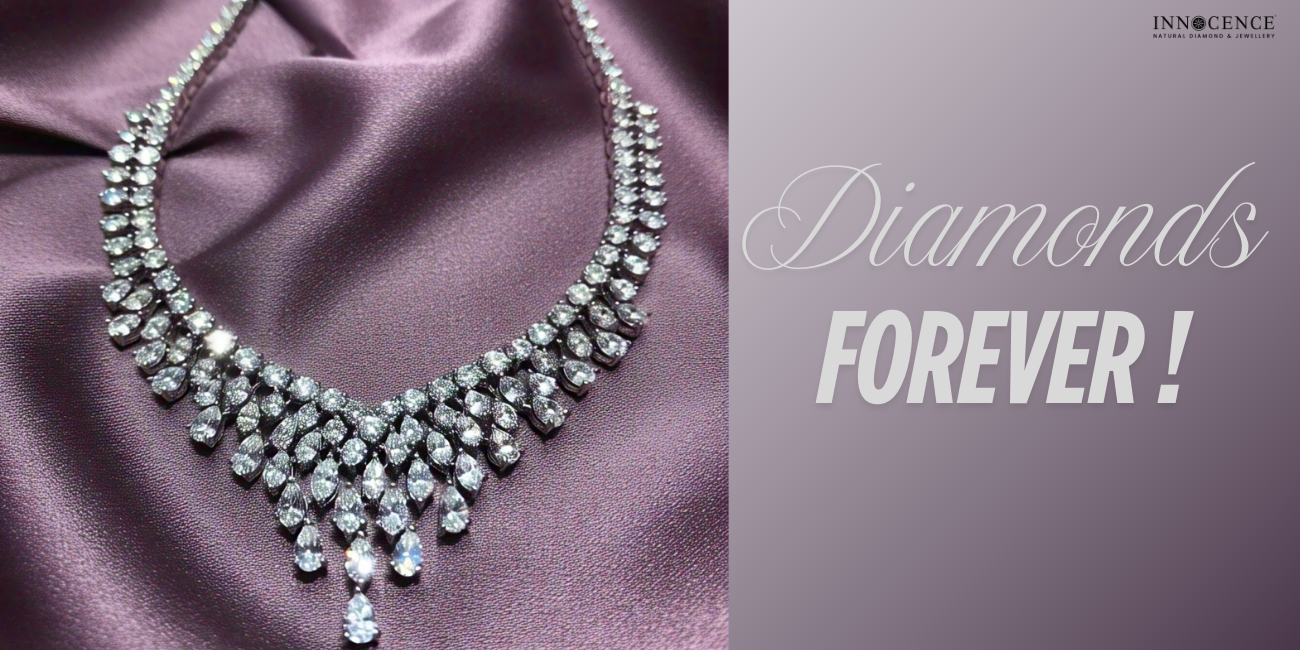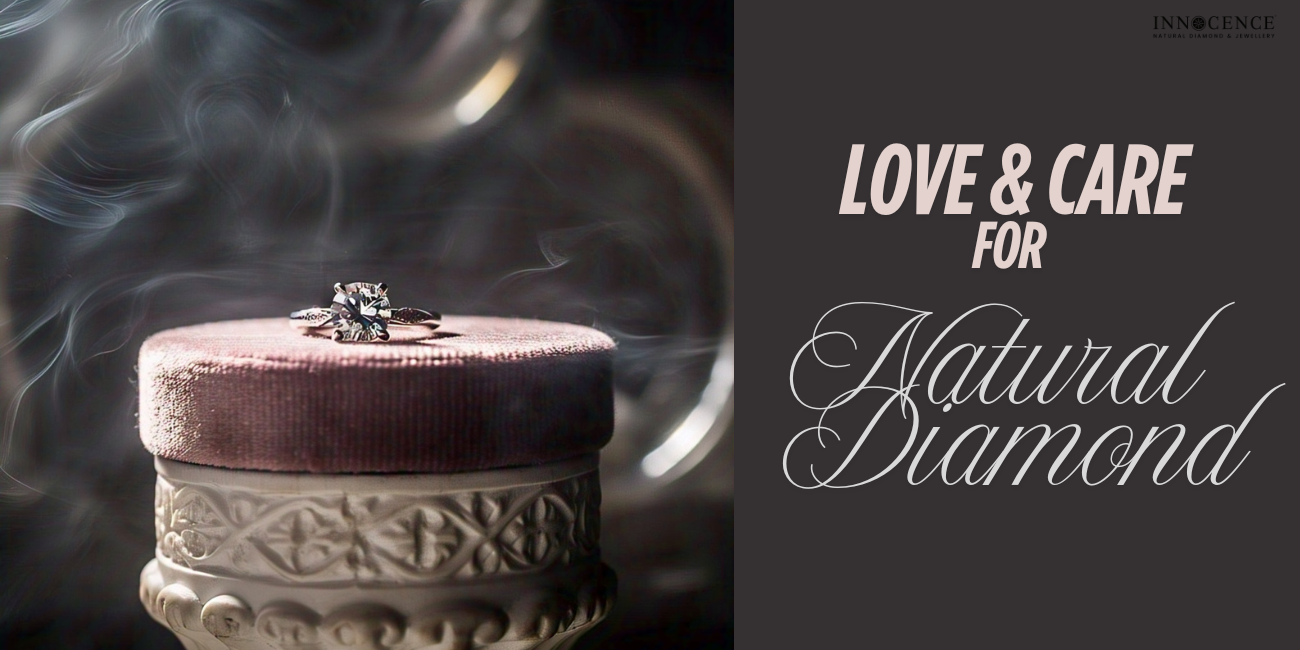The Environmental Impact of Natural vs. Synthetic Diamonds

Introduction: Diamonds and the Planet
As sustainability becomes a core value for today’s consumers, many buyers are asking the same question: Are natural diamonds or synthetic diamonds more environmentally friendly?
At Innocence Diamond, where we exclusively sell ethically sourced natural diamonds, we believe that clarity should extend beyond the gem to the facts behind its origin.
In this blog, we dive deep into the environmental impact of natural vs. lab-grown diamonds, addressing both the myths and realities so you can make an informed, values-driven decision.
Understanding Natural Diamonds
Natural diamonds are formed over billions of years deep within the Earth’s mantle under immense heat and pressure. They are extracted through mining operations that range from large-scale open-pit mines to more sustainable alluvial mining processes.
Environmental Considerations of Natural Diamonds:
-
Land disruption from large-scale mining can occur, though modern mining practices are heavily regulated.
-
Responsible diamond mines are required to reclaim land, restore ecosystems, and implement biodiversity protection plans.
-
Water and energy consumption is managed with increasingly sustainable technologies.
-
Social responsibility: Ethical natural diamond companies invest in local communities, infrastructure, education, and healthcare.
At Innocence Diamond, all our diamonds are sourced from certified conflict-free, sustainable mines with third-party oversight.
Understanding Synthetic (Lab-Grown) Diamonds
Lab-grown diamonds, also called synthetic or man-made diamonds, are created in laboratories using High Pressure High Temperature (HPHT) or Chemical Vapor Deposition (CVD) techniques that simulate the Earth’s natural diamond-forming conditions.
Environmental Considerations of Lab-Grown Diamonds:
-
High energy use: Growing diamonds in labs requires vast amounts of electricity—often generated from fossil fuels.
-
In regions where coal-powered energy dominates, synthetic diamonds can have a higher carbon footprint than responsibly mined natural diamonds.
-
There is limited regulation and transparency in many lab-grown diamond facilities, making it hard to verify sustainability claims.
While marketed as "eco-friendly," the lack of standardization and transparency in synthetic diamond production makes it difficult for consumers to fully understand their impact.
The Myth of “Green” Lab-Grown Diamonds
Many competitors position lab-created diamonds as the more ethical and sustainable choice. However, recent studies, including those by the Diamond Producers Association and Trucost (part of S&P Global), have found that:
-
Carbon emissions from lab-grown diamonds can be three times higher than natural diamonds from certified mines.
-
Water usage and waste can be comparable or even greater in unregulated synthetic operations.
In contrast, the natural diamond industry has implemented:
-
The Kimberley Process to eliminate conflict diamonds
-
Transparent supply chains
-
Strong partnerships with local communities and environmental agencies
How Innocence Diamond Prioritizes the Planet
At Innocence Diamond, our commitment to sustainability means:
-
We only offer 100% natural, Earth-mined diamonds
-
We work with environmentally responsible mining partners
-
Every diamond is conflict-free and traceable
-
Our packaging and operational practices reflect a broader commitment to eco-conscious luxury
We believe that true value lies in long-term sustainability, social good, and environmental stewardship.
Conclusion: Choosing the More Sustainable Diamond
The debate between natural and synthetic diamonds is not just about origin—it’s about impact, ethics, and transparency. While lab-grown diamonds are often advertised as greener, they frequently fall short when you consider energy use, emissions, and social responsibility.
Natural diamonds, when sourced responsibly, can support cleaner practices, stronger communities, and a more ethical jewelry industry.
Innocence Diamond invites you to explore our certified natural diamonds—chosen not just for brilliance, but for responsible beauty that stands the test of time.












